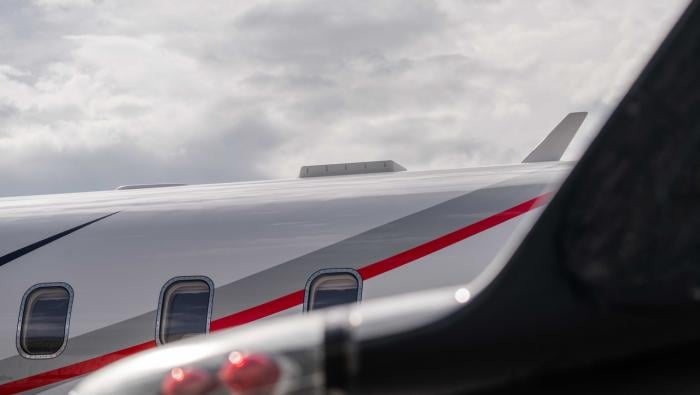The global market for maintenance, repair and overhaul (MRO) of civil aircraft will sustain steady growth over the next decade, according to new forecasts issued by consultants ICF International and Cavok. Experts point to a complex mix of market trends that stand to multiply demand for MRO work and products.
Both the IFC and Cavok forecasts envision an annual growth rate of 4 percent over the next 10 years; Cavok analyst Tom Cooper said that spending by airlines to support their fleets would exceed $67 billion this year and reach an annual rate of $100 billion by 2026. For its part, Boeing Commercial Aviation Services predicted total MRO spending of $2.9 trillion over the next 20 years in a presentation by senior vice president Stan Deal.
“Between 2014 and 2016, we have experienced some strange times,” argued ICF’s vice president for aerospace and MRO Jonathan Berger. He cited factors such as the fall in interest rates, the return of airline profits and the reduction in fuel costs, which together have resulted in different consequences for the market. For instance, falling fuel prices discouraged some airlines from modernizing their fleets with new generation [more fuel efficient] aircraft. “As a result, the airlines are keeping their aircraft a bit longer, and that’s good for OEMs who sell new parts and for brokers who sell reused parts,” said Berger.
The forecasters generally agreed that engines and aircraft components would continue to account for most MRO spending, representing, respectively, 41 percent and 22 percent of the market over the next 10 years. However, Berger sees the sector doubling in annual value from $4.4 billion to $7.4 billion between now and 2025 with demand for more comfortable aircraft interiors and more advanced connectivity options. “The next decade will also be a golden age for aircraft modifications,” he predicted.
At the same time, Cavok sees another strong trend based on rapid growth in the amount of technical data generated by the new airliners airframers will deliver over the next 10 years. According to Cooper, the volume of data generated annually by the worldwide fleet will multiply 100-fold, increasing from 1 billion gigabytes today to 98 billion gigabytes in 2026. “This will be a big challenge for the whole MRO industry,” he concluded.







